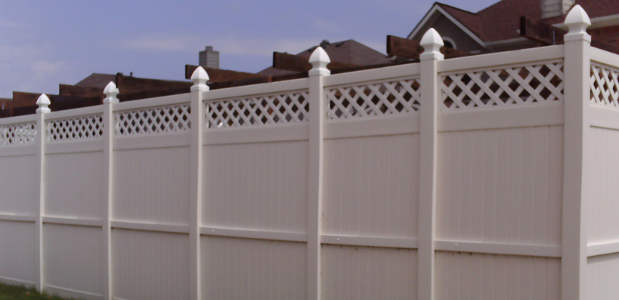
There’s good reason why vinyl building materials are so popular. For starters, vinyl building products are manufactured in a wide variety of colors, textures, and styles. They are also extremely durable, and can often outlast the materials they are designed to mimic. The most compelling reason vinyl is so popular is probably its low-maintenance requirements; when a vinyl building material is installed, it rarely needs any significant attention in the future.
Maintenance-Free Vinyl Building Products
From windows and doors to siding and floors, vinyl building materials are some of the lowest-maintenance products on the market. Unlike wood, vinyl is immune to moisture and rot so it never needs to be treated. Unlike metal, vinyl doesn’t rust, and never needs to be painted. In most cases, the only maintenance that needs to be performed is a periodic washing to keep up appearances; when you compare that to the painting, staining, finishing, treating, stripping, sanding, and sealing that more traditional building materials require, it’s easy to see how vinyl has gained such popularity.
Cost-Effective
Another very compelling aspect of vinyl building products is their overall cost-effectiveness. Sometimes when purchasing high-quality vinyl, the traditional materials are less expensive. This is where vinyl’s true money saving abilities come into play. Even if a vinyl product costs more to install than its traditional alternative, in almost every case, the lowered maintenance and increased life-expectancy will make up the difference in cost several times over! For example, a vinyl fence costs more to install than a wood fence; but when you consider the amount of painting that a wood fence needs over its lifetime and combine that with the fact that the life expectancy of vinyl fencing is far greater (meaning you’ll have to completely replace a wood fence at least once before a vinyl fence will wear out), the higher-priced vinyl ends up being a bargain!
Drawbacks
While vinyl building materials are chock-full of benefits, there are some drawbacks that homeowners should be aware of before they choose them over other materials. In some cases, vinyl alternatives to traditional materials are viewed as less valuable, which can lower the cost to resale value ratio of your installation. It should be noted, however, that high-grade vinyl products are becoming more prized in the building community, and therefore, more valuable in the eyes of prospective homeowners, too.
Though high-end vinyl building products deserve all the praise they get, low-end vinyl products are rightfully called out for their pitfalls. Old, low-quality vinyl building materials that were marketed as “no-maintenance” and were sold with claims of “lasting a lifetime” have long been criticized by the building community and consumers alike for becoming brittle in cold weather, fading dramatically when exposed to sunlight, and for looking a little too fake. These older products did a number on vinyl’s reputation, but because manufacturers took the time to fix and/or minimize these problems, high-quality vinyl building materials are now able to live up to some of those old marketing claims. The bottom line is: Vinyl building products are extremely diverse in their manufacture and quality, so opting for a more expensive, higher-end vinyl is generally a good idea whether you’re buying siding, fencing, flooring, and windows.
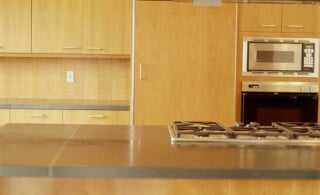 Benefits of Pressure-Treated Wood
Benefits of Pressure-Treated Wood 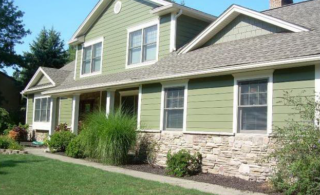 Pros, Cons, & Costs: Hardie Board Siding
Pros, Cons, & Costs: Hardie Board Siding 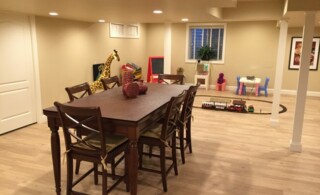 Engineered Flooring: Easier Hardwood?
Engineered Flooring: Easier Hardwood? 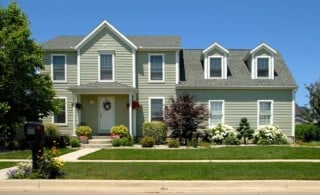 Popular Types of Siding for Your Home
Popular Types of Siding for Your Home 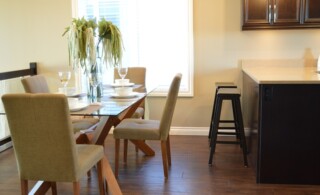 Cheap Flooring Options
Cheap Flooring Options 

Are You Familiar With This Topic? Share Your Experience.